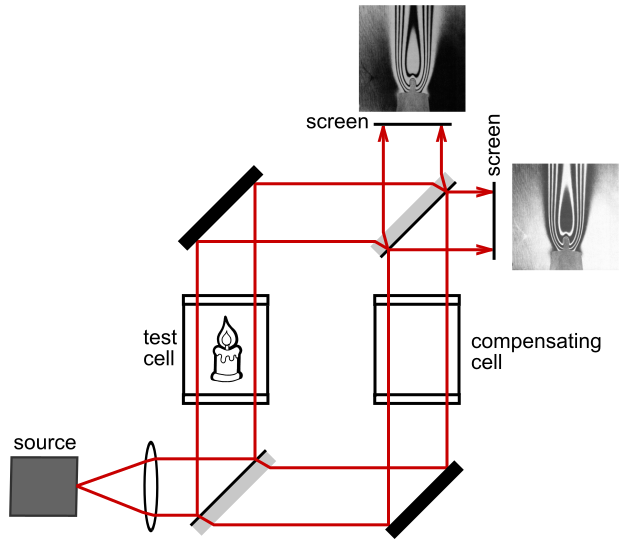Hi everyone!
Despite the fact that light has been studied for eons, scientists are still discovering new and astonishing qualities about this entity. In recent years, it has been shown that light can act like a liquid, with particles that flow in synchrony when the correct conditions are met. As an analogy, I suppose you could refer to it as "liquid light," although it is not really accurate because it implies that the light is in a liquid state. In the real sense, light at this condition is better described as being in an exotic form of matter known as a Bose-Einstein Condensate, which is a type of quantum state of matter (BEC). Additionally, it is referred to as the 5th state of matter, following the states of matter known as solids, liquids, gases, and plasma.

Velocity-distribution data (3 views) for a gas of rubidium atoms, confirming the discovery of a new phase of matter, the Bose–Einstein condensate.
-Left: just before the appearance of a Bose–Einstein condensate.
-Center: just after the appearance of the condensate.
-Right: after further evaporation, leaving a sample of nearly pure condensate.;
Source
A BEC is formed when a set of particles behaves as if they are one big superparticle, which can be accomplished by cooling whole atoms such as rubidium and potassium to temperatures close to absolute zero. Atoms, like photons, function both as waves and as particles, and as they drop to extreme temperatures, they lose momentum and their wavelengths become more similar to one another in appearance. Scientists Satyendra Nath Bose and Albert Einstein predicted that they would exist more than a century ago, and they were proven correct.
Because they required such very low temperatures, Einstein believed it would be difficult to actually observe one. However, never rule out the possibility of the impossible; as it turns out, the construction of the first Bose-Einstein condensate in 1995, made possible by the use of around 2,000 rubidium atoms, proved to be conceivable. In 2010, a new technique for fabricating BECs from light was developed, and interestingly, it entails far lower temperatures than the previous technique.
Since, it is impossible to make many particles operate in concert when they are constantly running away and hiding, photons prefer to vanish into the walls of whatever is confining them when the temperature is raised over a certain point. The key, therefore, is to keep the photons bouncing back and forth off of two curved mirrors that are slightly over a millimeter away from one another. In the space between the mirrors is a liquid dye that absorbs and re-emits photons on a regular basis, gradually bringing them down to ambient temperature in the process. Although some photons are still lost as a result of the imperfection of the mirrors, a BEC can be generated and maintained by replenishing their numbers with more photons from a laser.
The researchers stated in April 2021 that they had witnessed a phase transition in a BEC, which means that they had observed two unique phases of this exotic state of matter. The same team which cracked the process is still experimenting with light manipulation. Moving forward to October 2021, another research team announced that they had manufactured light that behaved like a liquid and displayed what they called "social behavior" in a virtual environment.
In order to send their cooled photons through a structure known as a Mach-Zehnder Interferometer, the scientists had to cool them first. Following that, the path splits into two, which then rejoin and split again. A photon can go down both paths simultaneously, but one path can be heated in order to vary its length, causing the photons to be out of sync when they re-converge, resulting in a pattern known as an interference pattern.

A Mach–Zehnder interferometer schematic.; Source
Their experiments involved numerous interferometers with either both exit paths open, either both closed, or one exit path open and one closed, depending on the situation. Photons in the last interferometer type, for some reason, seemed to consciously choose which direction to take, travelling down the closed path, which the scientists hypothesized was a method for more of the condensate photons to stick together. It was for this reason that the term "social behavior" was coined.
In order to better understand the features of Bose-Einstein condensates, research such as these two studies is beneficial. Scientists' discoveries, for example, could play a role in the encryption of quantum communications in the not-too-distant future. Even if these research have no immediate use, it is fascinating to realize that light has many more surprises in store for us in the future.
Please leave a comment and reblog this post! Thanks
Research articles:
Chilled light enters a new phase
Mach–Zehnder interferometer
Boosting engine performance with Bose-Einstein condensation
Bose–Einstein condensate